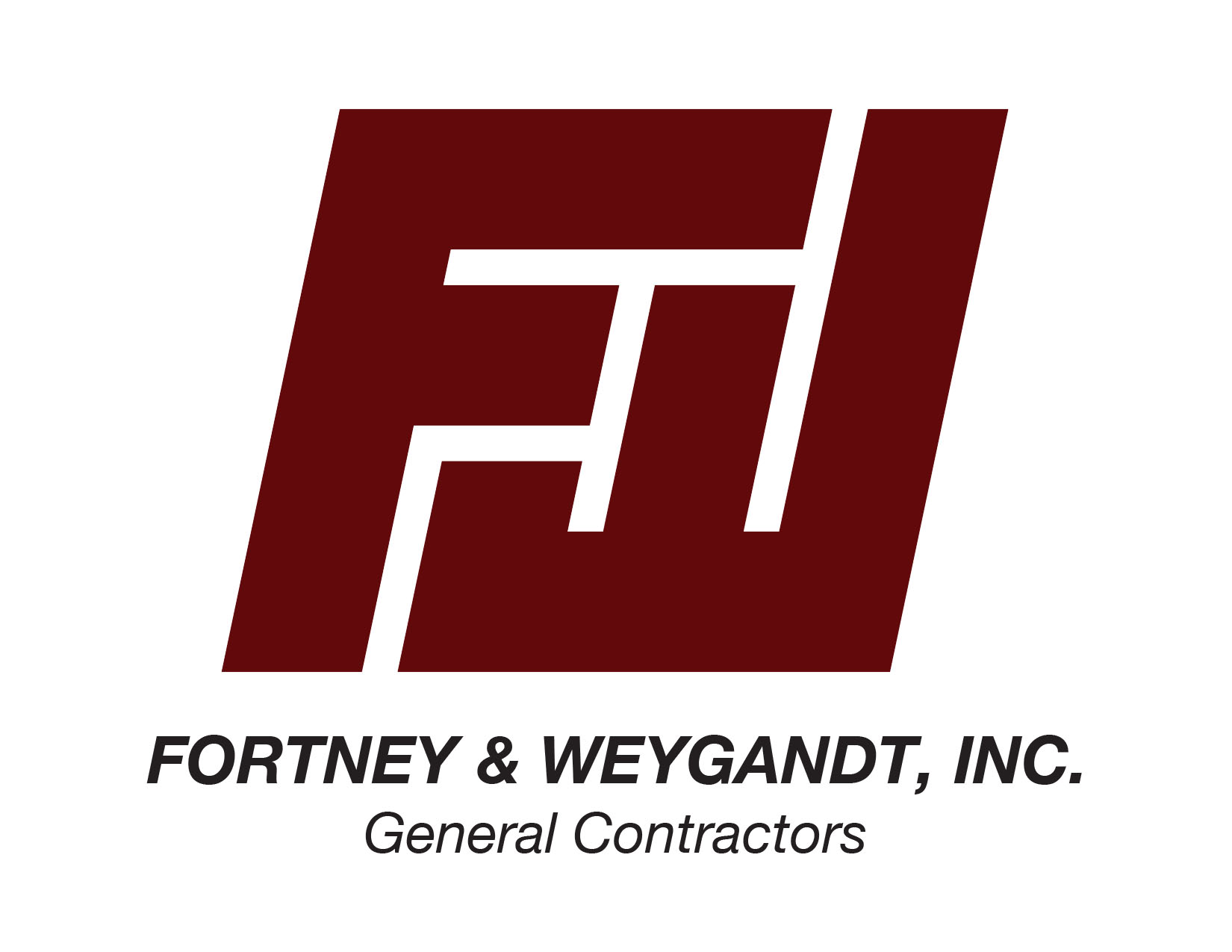Title Page
-
Project
-
Conducted on
-
Prepared by
-
Location
-
Subcontractors present on site
JOB INFORMATION
-
OSHA and DOL posters posted?
-
OSHA 300 form posted (Feb 1 - Apr 30)
-
First-Aid kit fully stocked with non-expired items?
-
Safety Data Sheets are filed and accessible?
-
Emergency phone numbers are posted?
HOUSEKEEPING
-
Work areas are neat and organized?
-
Projecting nails are removed or bent over?
-
Passageways and walkways are clear?
-
Waste containers are provided and being used?
-
Smoking only in designated areas?
COVID-19
-
COVID-19 Daily Questionnaire completed daily by all project personnel?
-
Social distancing is practiced?
-
Hand wash/ sanitizing stations are provided?
-
Face covering worn when required?
-
Commonly touched surfaces are disinfected frequently?
-
Signage posted? (Social distancing, face covering, etc.)
PERSONAL PROTECTIVE EQUIPMENT
-
Hard hats are being worn?
-
Safety glasses are being worn?
-
Hearing protection are being worn?
-
High visibility clothing worn when working around equipment or traffic?
-
Proper clothing being worn? (Footwear, long pants, shirts w/ sleeves, etc.)
-
Respirators are worn when required?
ELECTRICAL
-
Extension cords with bare wires or missing ground plugs taken out of service?
-
Terminal boxes equipped with required covers?
-
GFCIs or double insulated tools are being used?
-
Temporary lighting suspended correctly and in proper condition?
FLAMMABLES & COMBUSTIBLES
-
Compressed cylinders stored properly?
-
Fuel storage is protected? (Impact, spills, etc.)
-
Adequate fire extinguishers provide and inspected?
HAND & POWER TOOLS
-
Hand tools are inspected regularly?
-
Guard in place?
-
Right tool is being used at the job at hand?
FALL PROTECTION
-
Guardrails and cables are erected and are secured properly?
-
Employees that are exposed to fall hazards are tied off?
-
Harness worn properly?
-
Employees below are protected from falling objects?
WALL & FLOOR OPENINGS
-
Floor openings planked over, secured and labeled "hole" or barricaded?
-
Wall openings are protected by guardrails?
-
Materials are stored away from the edge?
LADDERS
-
Ladders are extended at least 3 feet above landing?
-
Ladders are secured to prevent, slipping, sliding or falling?
-
Ladders with split or missing rungs taken out of service?
-
Stepladders used in fully open position?
-
No step at the top two rungs of stepladders?
SCAFFOLDING
-
Scaffolding inspected daily?
-
Erected on sound rigid footing?
-
Tied to structure as required?
-
Guardrails, mid-rails and toe boards are present?
-
Planking sound and sturdy?
-
Proper access provided?
-
Employees below are protected from falling objects?
TRENCHING AND EXCAVATION
-
Competent person identified and present?
-
Excavation is shored, sloped, or benched?
-
Means of egress provided every 25 feet?
-
Materials are stored at least 2 feet away from the excavation?
-
Equipment is safe distance from excavation?
MOBILE EQUIPMENT (Manlifts, forklifts, etc.)
-
Equipment inspected and maintained?
-
Machinery equipped with backup alarm and functioning properly?
-
Operator is trained for specific equipment?
-
Operator manual and warning labels are in place?
-
Overhead hazards are marked and proper clearance is maintained?
CRANE & RIGGING
-
Operator is trained to use specific crane?
-
Crane operator log is up to date?
-
Crane inspection complete and up to date?
-
Outriggers extended and swing radius is barricaded?
-
Taglines used to guide loads?
-
Employees are kept from suspended load?
-
Chains and slings inspected and tagged as required?
SILICA
-
Engineering control being used?
-
Area of silica producing activity is controlled and other subcontractors are not exposed to silica dust?







